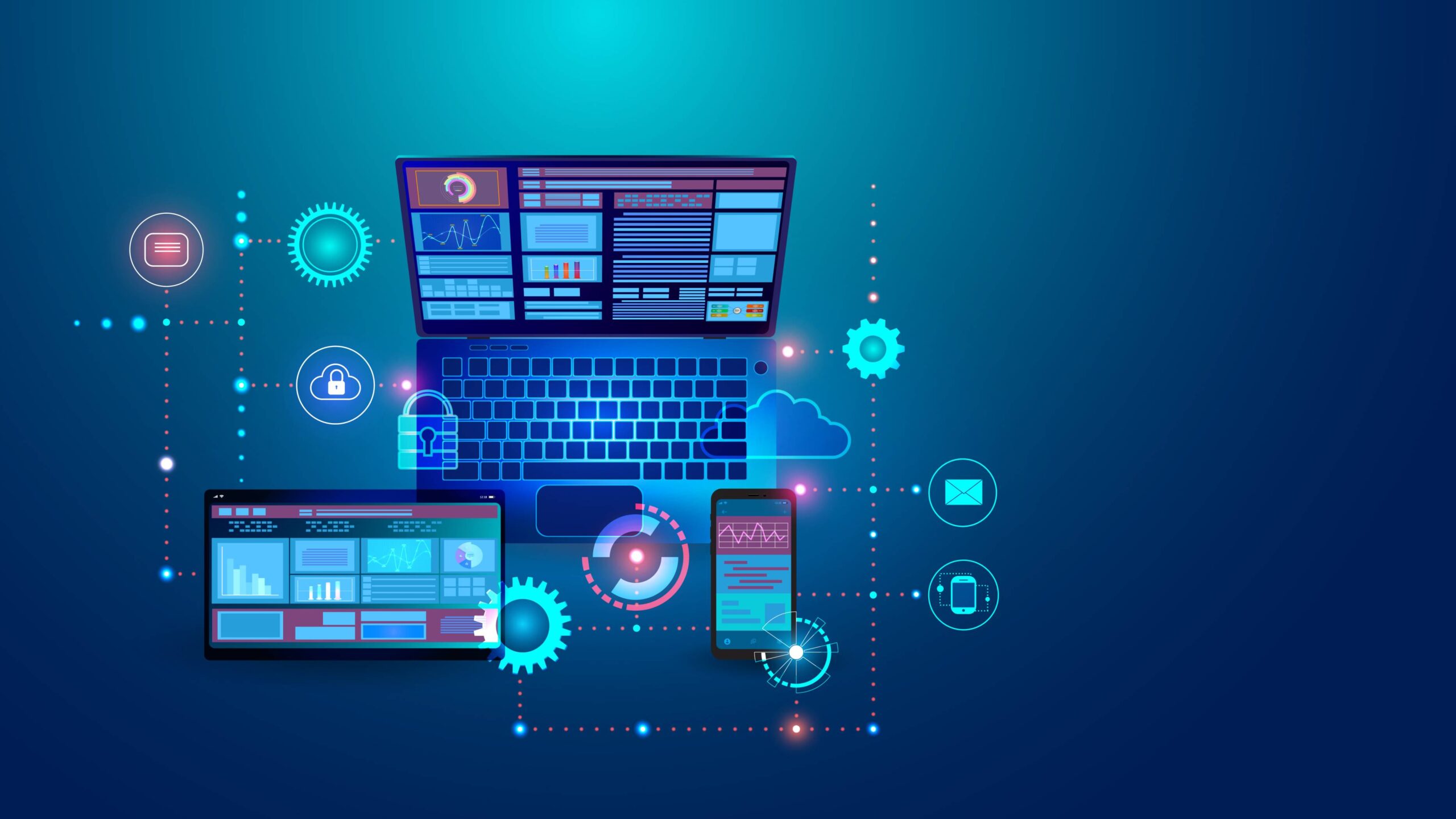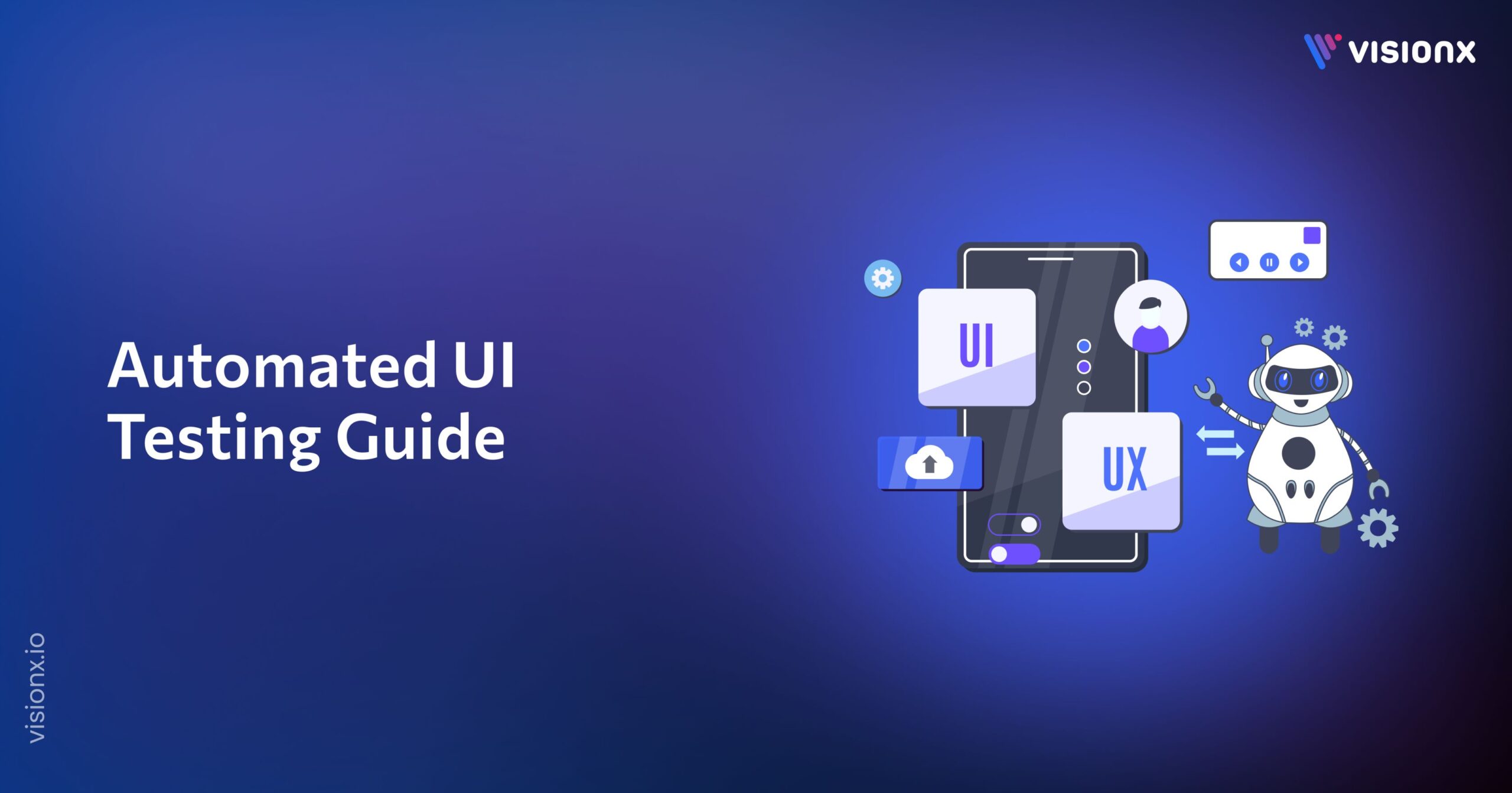The internet is continually, day by day, becoming a feature that is full of development in all aspects, and this new leap is emerging as Web 4.0. The latest step will probably redefine the way users and businesses interact with the web. The “Intelligent Web” builds on previous iterations, utilizing advanced technologies such as AI, machine learning, and the IoT to deliver a more intelligently interconnected, personalized digital landscape.
In this blog, we’re covering Web 4.0 as a vision of the future Internet, its differences with Web 3.0, and what it has in store for businesses—or, more specifically, what it stores for businesses in various sectors.
From Web 3.0 to Web 4.0: The Journey So Far
Understanding Web 4.0 requires examining the history of various previous stages of the web.
- Web 1.0: This has been termed the early years of the late 1990s and early 2000s. It is popularly known as the “read-only” web. Static web pages were accessed, providing no interaction from the user to the web.
- Web 2.0 (2000s-present): This is often called the interactive or social web. It enables users with dynamic content, allowing active participation in creating and sharing information. Social media are included here.
- Web 3.0 (2020s): Also called the Semantic Web, Web 3.0 decentralizes using blockchain and helps machines better understand and interpret data more smartly. That means Web 3.0 is about personalization with far greater user control over data and interactions online. Still, it remains inside a user-driven world and relies heavily on action from intermediaries.
- Web 4.0: The next evolutionary step, the “Intelligent Web,” involves integrating generative AI, IoT, and big data analytics to automate and improve online relationships. This phase aims for hyper-personalized, real-time experiences. The bridge between the physical and digital worlds will be completed more perfectly than it has been so far.
Key Features of Web 4.0
Web 4.0 comes with a list of defining features that will majorly impact businesses and users:
- Artificial intelligence and machine learning: The base of Web 4.0 would be AI, which would make the systems learn and adapt to user behavior and create a unique, personalized experience. This is in contrast to Web 3.0, which requires inputting users in terms of tailoring experiences. Web 4.0 uses AI-driven insights to anticipate what users will need even before they realize it themselves.
- IoT Integration: IoT provides devices and things with the ability to sense, communicate, and interact with each other. Web 4.0 builds upon that by making those interactions intelligent. So, a smart home or even a factory could automatically change their operations based on information from connected devices to optimize efficiency and convenience.
- Hyper-Personalization: They will use huge amounts of data combined with AI to create personalized product offers, services, and experiences. In marketing, customer service, and product development, every user interaction will be highly customized according to one’s preferences and behavior.
- Increased UI and UX: Virtual and Augmented Reality are a new way for people to interact with the digital world. Businesses will bring virtual shopping, experiential training simulations, and much more to life in a dynamic and interaction-rich manner.
- Decentralization: Just like Web 3.0, Web 4.0 will further continue to decentralize the web but with more intelligence. The blockchain ensures transparency, security, and privacy of data transactions, hence reducing dependency on centralized platforms.
- Automation and Decision-Making: Web 4.0 will automate business organizations’ complex decision-making processes through the automatic analysis of real-time data, instant recommendations, and operations adjustments based on an intelligent system.
Web 4.0 Examples in Action
Although Web 4.0 is still conceptual, some sectors are already embracing particular features that have the essence of it:
- Smart Cities: With an ever-increasing need to harness the power of the Internet of Things, most cities are using it to control the intensity of traffic and manage different public facilities. A smart street light that dimmed based on pedestrian density can be considered an early view of Web 4.0 for urban development.
- Healthcare: Health Care With AI diagnosis and remote patient monitoring offered by IoT, the face of healthcare delivery is bound to change. Personalized care can be administered to each patient, while data-driven decision-making by healthcare providers can help improve outcomes.
- Retail and E-commerce: Improved virtual try-ons and AI-powered personal shopping assistants will evolve e-commerce expectations by Web 4.0. This means that retailers will be able to offer personalized, real-time product recommendations to customers based on their preferences, behavior, and environmental factors.
- Logistics and Supply Chain: Internet of Things-Connected Autonomous Systems Optimize Supply Chain Operations with Minimal Human Involvement. In the era of Web 4.0, companies can expect to have live insights on their inventories, delivery tracking, and other allocations.
What Web 4.0 Means for Businesses?
Many opportunities and challenges will emerge with the transition into Web 4.0 in businesses. Its early adopters will enjoy far greater efficiency, improved customer experiences, and avenues for new revenue generation. Here is how Web 4.0 will change businesses:
1. Data-Driven Decision-Making
Web 4.0 has opened doors to business real-time data in ways never seen before. Therefore, AI and big data analytics offer faster and more informed decisions about campaign strategy changes, improving customer service and optimizing internal processes. This keeps them ahead of trends and forward-moving in adapting to change.
2. Better Customer Engagement
Hyper-personalized experiences via AI can provide services and products as customers want. Contact with customers will no longer be reactive but will indeed be proactive, as Web 4.0 will give businesses a chance to immediately respond to what a customer needs by bringing forth adequate content, predictive analytics-based propositions for products, and customer support in real-time
3. Disintermediation and New Business Models
Web 4.0 is meant to be decentralized, eliminating intermediaries and allowing the platform for direct peer-to-peer interaction. This will help significantly reduce transaction costs and enable new business models, such as decentralized finance (DeFi) and tokenization. Businesses can create more transparent and cost-effective services, building trust with their customers.
4. Cybersecurity and Data Privacy
With growing connectivity and automation, security and respect for data privacies will be challenging. With blockchain underpinning the central bank’s framework, businesses will have much more secure architectures for handling sensitive data. This means businesses will require spending on significantly advanced security controls that prevent all cyber threats.
5. Automation and Efficiency
Businesses realize high efficiency as routine activities are automated and the best decisions are made. Without human intervention, complex workflows of Web 4.0 systems will be managed, allowing businesses to focus more on innovation and customer satisfaction.
How to implement Web 4?
Implementing Web 4.0 will be about integrating the newest technologies, like Artificial Intelligence (AI), the Internet of Things (IoT), and blockchain, into intelligent, decentralized, and personalized experiences in the online world. Here’s a step-by-step guide for businesses or organizations aiming to establish Web 4.0:
1. Adopt AI and Machine Learning
AI will be the backbone of Web 4.0, enabling systems to know in advance what users want and adapt in real-time. To do this:
- Integrate AI-driven algorithms: Deploy machine learning models for personalized product recommendation, predict analytics, and automate customer care (via automated calls or chatbot).
- Use NLP: Set up conversational interfaces in customer care to provide automatic responses or more natural interactions powered by artificial intelligence.
- Leverage AI for business insights: Use AI to analyze large datasets and provide actionable insight for better decision-making.
2. Connect Devices with IoT
IoT is highly important for smart, intelligent, interconnected systems as they must seamlessly inter-communicate.
- Deploy IoT sensors and devices: Utilize IoT to collect data from the real world—smart homes, factories, supply chains.
- Develop real-time data analytics: Apply IoT data in real-time to track operations, predict maintenance needs, and optimize the use of resources, particularly IoT in manufacturing, healthcare, logistics, etc.
- Automate processes: Integrate IoT to automate functions, from smart inventory management to autonomous driving systems in logistics.
3. Leverage Blockchain for Decentralization
Blockchain technology encompasses transparency, security, and decentralized data handling.
- Implement decentralized systems: Utilize blockchain to eliminate middlemen in processes, such as payments, supply chain tracking, or peer-to-peer transactions.
- Use smart contracts: Business agreements and processes may be automated using smart contracts on the blockchain, using which transactions will be executed only when specific conditions are met while ensuring their security.
- Improve data privacy: Blockchain-based solutions can extend data storage beyond a centralized approach. In this approach, data goes to the user rather than a central location, and hence, user data will be safe from hacks.
4. Personalize User Experience
Web 4.0 is focused on providing personalized, context-aware experience.
- Personalization algorithms: Analyze user behavior and preferences using data analytics and artificial intelligence that are capable of tailoring content, products, and services.
- Context-aware apps: Develop mobile applications that can be adapted to a user’s current environment and needs, with the creation of a real-time solution, such as location-based offers or services.
- Integrate immersive technologies: Work together with augmented reality and virtual reality experiences for more immersive and interactive user interfaces, particularly in the entertainment and retail industry.
5. Emphasize Data Security and Privacy
As the volume of data generated and transmitted increases, so does its need to be protected.
- High-end encryption: All data exchange between devices, systems, and users must be encrypted using advanced encryption algorithms.
- Decentralized identity systems: Decentralized identity systems must utilize blockchain for the users’ data, thus creating access and control over their own data, ensuring privacy and security.
6. Develop Cross-Platform Integration
One of the most important aspects of Web 4.0 is its interoperability across devices and platforms.
- Develop interoperable systems: Build applications that can function across different platforms, from mobile phones to IoT devices, so users can easily transition between them.
- Utilize cloud infrastructure for data storage and processing. This way, the cloud-based platforms ensure scalability and efficiency in cross-platform services like React native application development.
7. Intersectoral Collaboration
Web 4.0 calls for collaboration from diverse sectors, tech providers, and regulators to ensure that there is interoperability and standardization.
- Partner with leading tech firms: Find alliances with AI, blockchain, and IoT firms to bring in newer technologies.
- Engage with bodies who regulate it: Be compliant with the local data privacy laws even as advanced as GDPR or
Conclusion
Web 4.0 marks a new era of intelligence, connectivity, and personalization. For businesses, it offers an opportunity to revolutionize how they operate, engage with customers, and deliver products and services. While Web 4.0 is still in its infancy, the technologies driving it—AI, IoT, and blockchain—are already reshaping industries. By embracing these innovations, businesses can stay competitive and thrive in an increasingly digital world.


